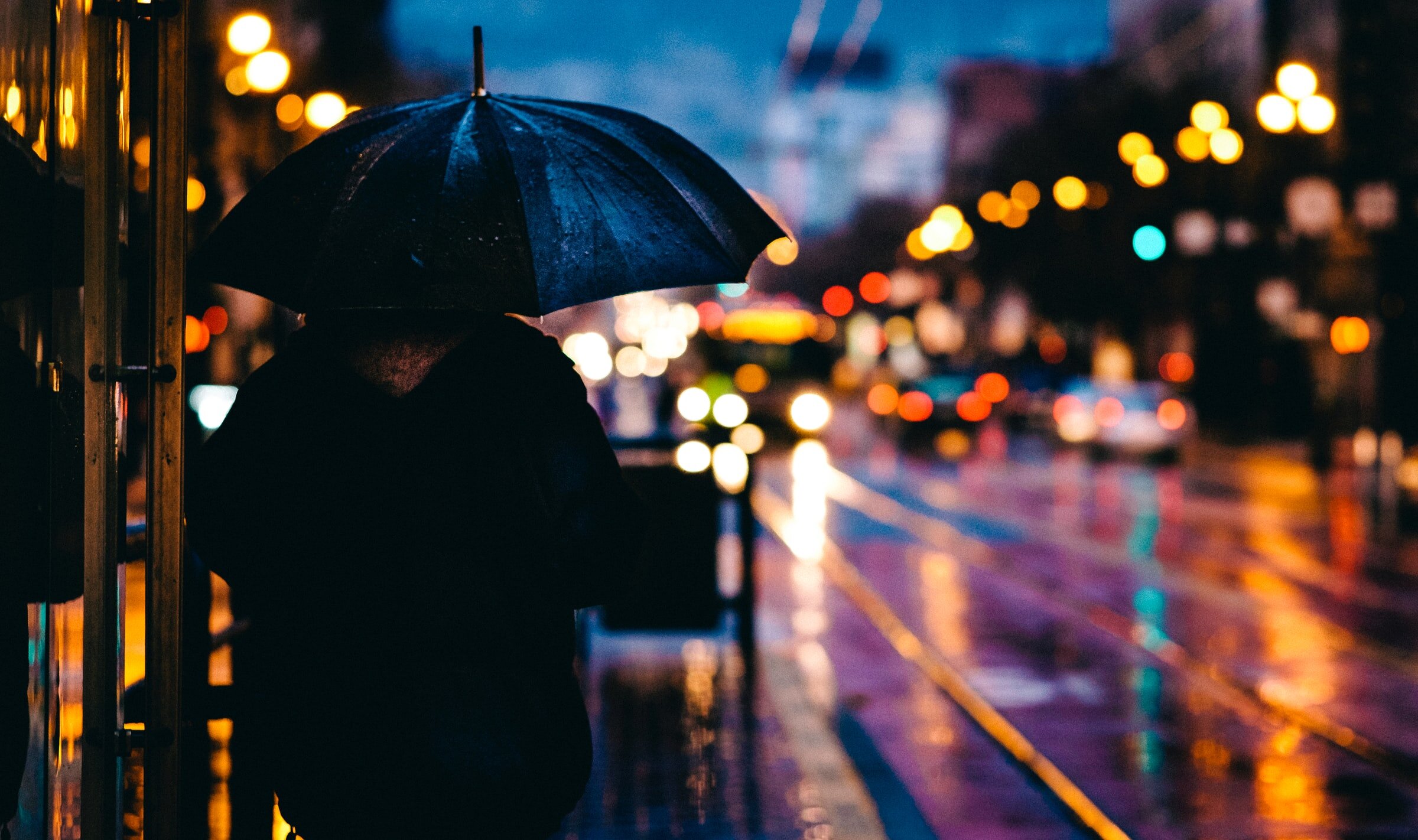Californians faced some of the worst fires in recorded history this year thanks to a lack of rain, and the upcoming storm season may not relieve the State’s unusually dry condition. NOAA, the National Oceanic and Atmospheric Administration, recently confirmed an ongoing La Niña event expected to last into the winter. The event, a part of the El Niño Southern Oscillation (ENSO) phenomenon, influences global oceanic temperatures and rainfall. A La Niña winter, combined with the effects of global climate change, threatens to push California into another year of drought.
ENSO phenomena are nothing new; the name comes from the 1600s when fishermen noticed that the Pacific Ocean became unusually warm around December. They dubbed the phenomenon “El Niño” which means both “the little boy” and “Christ child.” Scientists now define El Niño as a part of ENSO, a single ocean-atmosphere phenomenon with three phases: El Niño, La Niña, and neutral. According to the UN, an El Niño or La Niña occurs every 3-7 years and lasts for about 9-12 months. During an El Niño, the sea surface temperatures rise at or above 1 degree Fahrenheit for at least three months. The opposite, a drop in sea surface temperatures for three months, qualifies as a La Niña event. While the effects of El Niño and La Niña vary geographically, an El Niño in California tends to bring extra rainfall while a La Niña produces drier and warmer winters.
Unfortunately, this La Niña comes when California needs more rain, not less. 2020 has not been kind to California’s water: an unusually dry February winter was followed by record breaking heat waves this summer and wildfires that burned 4.1 million acres of land. Californians are feeling the toll of a bad winter season; an estimated 42% of the state’s population are living in drought conditions. During the last major drought, spanning from 2011 to 2019, a 2016 El Niño event dumping snow over the Sierras and provided some drought relief. But this year presents the opposite possibility: a La Niña winter that could worsen the existing drought.
Current data predicts an 85% chance of La Niña conditions throughout the winter with a 60% chance of continued conditions through February and April. This La Niña event is relatively weak, unlike the 2016 El Niño that was logged as one of the strongest on record. The impact of a La Niña winter may also differ in North and South California. According to Mercury News, only 10 out of the last 22 La Niña winters recorded below-average rainfall within the Bay Area. For Southern California, however, 15 out of 22 La Niña winters brought below-average rainfall. Although the exact results of a La Niña winter may vary, experts predict the phenomenon will exacerbate droughts in Southern California and the American Southwest.
There is another important factor to consider as California enters the rainy season: climate change. There is no consensus on how climate change may impact the strength or frequency of El Niño and La Niña events. But a 2018 study found that climate change may intensify the impact ENSO events have on temperature extremes and related disasters like wildfires. Other experts predict that California will see increasingly extreme wet and dry years. According to a New York Times article, this last decade broke wet and dry records across the state. With climate change impacting our environment, these record-breaking temperatures, floods, droughts, and wildfires are becoming the new normal.
As California enters this La Niña winter, experts are bracing for above-normal temperatures and wildfire risks until January. Although California’s reservoirs are far from the all-time low experienced during the 2011 drought, the state is preparing for another dry year.
It is important not to get caught by La Niña or El Niño unprepared. Dry or wet, Babcock Labs provides our clients with complete testing services during storm events. To be ready when it does finally rain it is important to get reacquainted with your Stormwater Pollution Prevention Plan (SWPPP) and order your sampling kits now by contacting your Project Manager.

